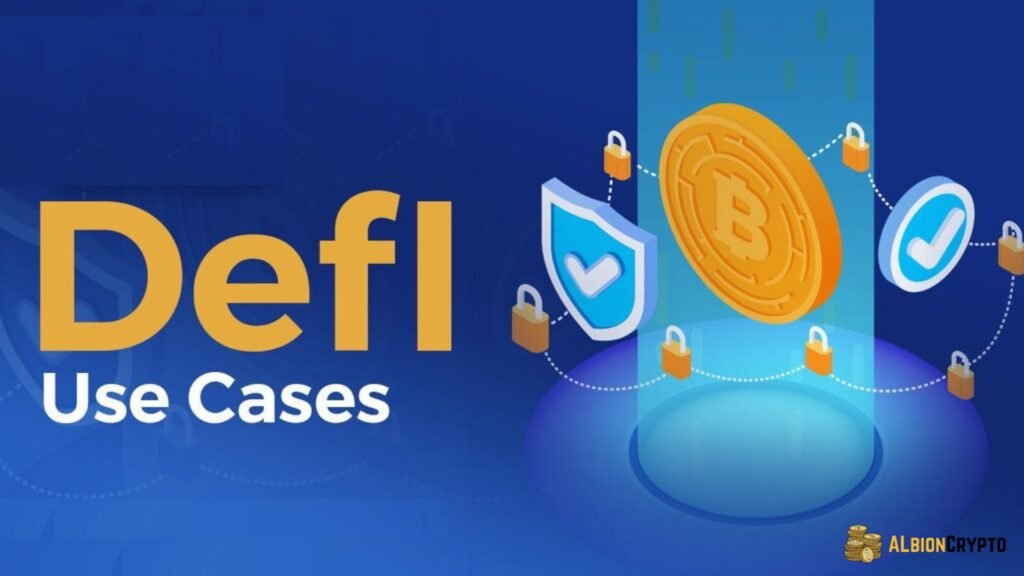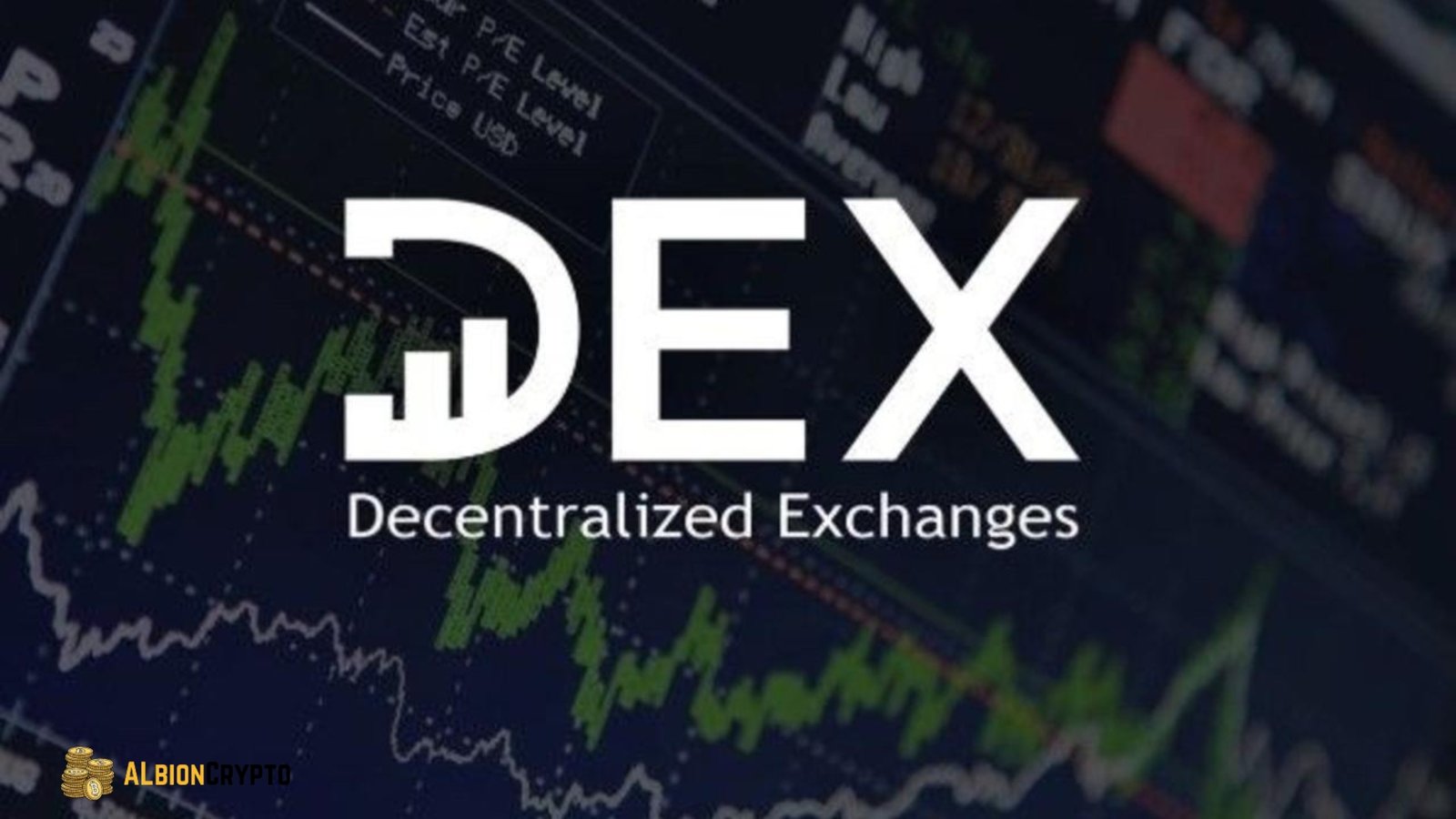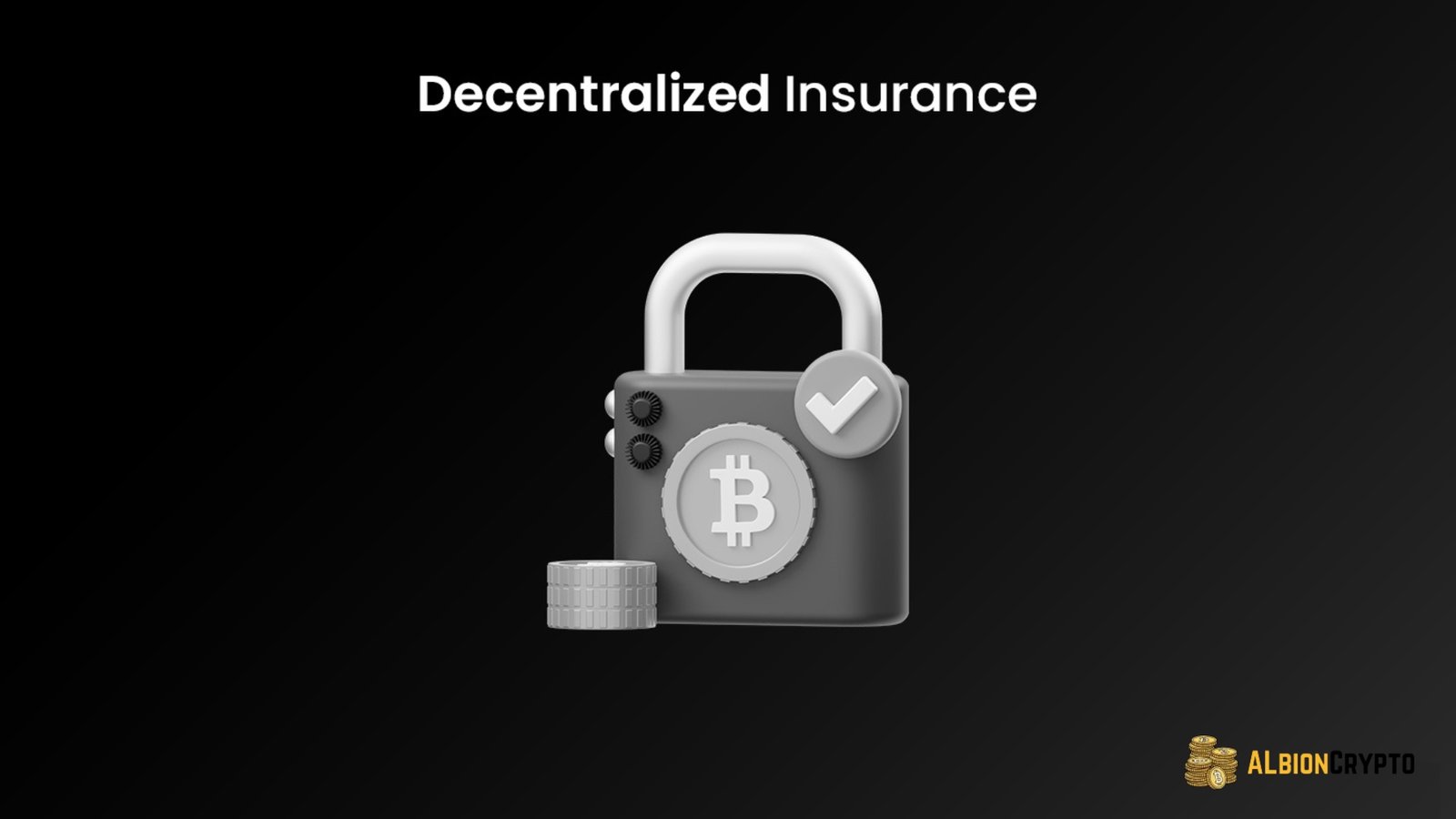Decentralized Finance (DeFi) use cases: A vast array of financial services is now available through decentralized platforms in decentralized finance (DeFi), which has come a long way from its beginnings and does away with intermediaries like banks and brokers. DeFi is transforming traditional banking. They use blockchain, smart contracts, and cryptocurrencies to open new possibilities for institutions, individuals, and organizations.
In 2024, the early enthusiasm surrounding decentralized lending and borrowing has given way to a strong ecosystem encompassing a diverse range of financial goods and services, and the use cases for DeFi have grown accordingly. This article dives into the most impactful and innovative DeFi use cases in 2024. Exploring how decentralized finance revolutionizes everything from payments to investments and insurance.
Decentralized Lending and Borrowing
Perhaps the most well-known and impactful use case for DeFi is decentralized lending and borrowing. Traditional banking systems require borrowers to interact with financial institutions to access loans, and centralized entities often dictate interest rates. DeFi platforms like Aave, Compound, and MakerDAO have flipped this model, offering decentralized markets where users can lend or borrow assets directly from peers.
- How It Works: On these platforms, users can deposit their assets into liquidity pools, earning interest as lenders, while borrowers access these pools by locking collateral. Smart contracts automate the process, ensuring the loan terms are executed without intermediaries.
- Benefits: Borrowers gain access to capital more quickly and efficiently, often without the stringent credit checks seen in traditional finance. Meanwhile, lenders enjoy higher returns than typical savings accounts, thanks to fluctuating interest rates based on supply and demand.
- Real-World Examples: MakerDAO allows users to lock up collateral (in the form of Ethereum) to mint DAI, a stablecoin pegged to the US dollar. This enables the borrower to utilize funds without selling their crypto assets. Compound and Aave take a more generalized approach, supporting various crypto assets for lending and borrowing.
Decentralized Exchanges (DEXs)
Decentralized exchanges (DEXs) are another prominent DeFi use case. They allow users to trade cryptocurrencies without intermediaries like centralized exchanges (e.g., Binance or Coinbase). DEXs give users greater control over their assets and enhanced privacy, as trades occur directly between peers via smart contracts.
- How It Works: Instead of relying on a central entity to hold users’ funds, DEXs allow individuals to control their assets through their wallets. Automated market makers (AMMs) like Uniswap, SushiSwap, and PancakeSwap provide liquidity pools for various token pairs. They can swap tokens by interacting directly with the smart contract governing the pool.
- Benefits: DEXs eliminate the need for KYC (Know Your Customer) procedures, offering more anonymity. Additionally, users have control over their private keys, reducing the risk of exchange hacks or bankruptcy that have plagued centralized exchanges in the past.
- Real-World Examples: Uniswap and SushiSwap are among the most well-known DEXs. They offer a wide range of crypto pairs and allow users to swap tokens or earn fees by providing liquidity to pools. Liquidity providers supply pairs of assets to the pool and receive transaction fees according to their contribution.
Yield Farming and Liquidity Mining
Yield farming has emerged as a lucrative yet complex aspect of DeFi. In yield farming, users earn rewards by lending their assets or providing liquidity to DeFi protocols. In yield farming, users deposit assets into liquidity pools or stake them on lending platforms to earn interest and token rewards.
- How It Works: Users who provide liquidity to decentralized exchanges or lending platforms often receive additional tokens as incentives. These tokens can either represent their share in the liquidity pool or be native governance tokens of the protocol. This extra yield is often called “liquidity mining.”
- Benefits: Yield farming offers high potential returns, especially in newer DeFi projects seeking to attract liquidity. Users earn interest from lending and get rewards through governance tokens, which can be further appreciated.
- Real-World Examples: In Compound, users who lend or borrow assets receive COMP tokens as rewards, which can be sold or used for governance. Yearn. Finance takes a different approach by automatically moving user funds across various protocols to maximize yield. It’s like an automated yield farming platform, making it easier for users to optimize returns without manually chasing after the best rates.
Stablecoins
Stablecoins are a cornerstone of the DeFi ecosystem. Unlike volatile cryptocurrencies like Bitcoin or Ethereum, stablecoins are pegged to real-world assets such as the US dollar or gold, providing a stable medium of exchange in the crypto world. They are a reliable store of value, essential for lending, borrowing, and trading in DeFi.
- How It Works: Stablecoins can be either collateralized or algorithmically controlled. Collateralized stablecoins are backed by assets held in reserve, such as fiat currency or cryptocurrencies. Algorithmic stablecoins, like Terra’s now-defunct UST, rely on smart contracts to maintain price stability through supply adjustments.
- Benefits: Stablecoins bridge the gap between the volatility of crypto assets and the stability required for financial transactions, providing a safer environment for lending and borrowing. They are also crucial for cross-border payments and remittances, offering faster and cheaper alternatives to traditional banking.
- Real-World Examples: DAI (issued by MakerDAO) is a decentralized stablecoin backed by crypto collateral. USDC and Tether (USDT) are centralized stablecoins backed by fiat currency reserves. These coins play a pivotal role in DeFi by providing liquidity and a stable medium of exchange.
Decentralized Insurance
DeFi also extends into insurance, offering decentralized risk protection through smart contracts. Traditional insurance involves complex contracts, intermediaries, and long processing times, whereas DeFi insurance aims to streamline and democratize access to coverage.
- How It Works: DeFi insurance platforms pool funds from users who wish to underwrite insurance policies. If a claim is made, smart contracts verify the conditions are met, and payouts are automatically triggered without human intervention.
- Benefits: Decentralized insurance can provide faster payouts and more customized policies. Additionally, it opens insurance markets to individuals who may not have access to traditional services, such as those in underserved regions.
- Real-World Examples: Nexus Mutual is one of the leading DeFi insurance providers, offering coverage against brilliant contract failures and exchange hacks. Users purchase cover through the platform, and smart contracts and a decentralized community govern the claim process.
Synthetic Assets
Synthetic assets are digital representations of real-world assets like stocks, commodities, or fiat currencies. They allow users to gain exposure to these assets without holding them directly. Crypto collateral and smart contracts underpin these synthetic assets, giving investors additional diversification options.
- How It Works: In the synthetic asset model, users lock collateral (typically cryptocurrency) into smart contracts to mint tokens representing other assets. For example, one might mint a token that tracks the value of Tesla stock or the price of gold. As the underlying asset’s price changes, the synthetic token’s value adjusts accordingly.
- Benefits: Synthetic assets allow users to trade traditional financial assets without interacting with centralized institutions or complying with geographic restrictions. Additionally, they bring liquidity to markets that might otherwise be difficult for the average investor to access.
- Real-World Examples: Synthetix is a leading protocol that allows users to create and trade synthetic assets called Synths. These assets can track the value of stocks, commodities, and other currencies, offering users exposure to a wide range of asset classes on the blockchain.
Governance and DAOs (Decentralized Autonomous Organizations)
One of DeFi’s most innovative use cases is the rise of decentralized governance through DAOs. Token holders vote on protocol updates, treasury management, and governance. DeFi has embraced DAOs as a means of decentralizing decision-making and reducing the influence of any single entity or group.
- How It Works: DeFi protocols often issue governance tokens that allow holders to vote on proposals related to the project. The more tokens one holds, the greater their voting power. These DAOs operate via smart contracts, which automate many processes, from proposing changes to executing votes.
- Benefits: DAOs empower communities to take charge of the platforms they use. This can lead to a more decentralized and resilient system where decisions are made collectively rather than by a centralized authority. Governance tokens also provide an additional utility layer for DeFi users, as they can influence the project’s direction.
- Real-World Examples: MakerDAO is governed by MKR token holders, who vote on changes to the protocol, such as adjusting. The collateralization ratio for DAI or choosing which assets can be used as collateral. Uniswap has its own UNI governance token, enabling holders to vote on future upgrades and development decisions for the exchange.
Flash Loans
Flash loans are a unique and highly advanced feature of DeFi. Users can borrow funds without collateral if they repay them within the same transaction. Flash loans enable sophisticated trading strategies like arbitrage, where users exploit market price discrepancies.
- How It Works: A flash loan is issued and repaid in a single transaction. If the borrower does not repay the loan within the transaction, the entire transaction is reversed. This ensures that the lender is always repaid, making flash loans essentially risk-free for the lender.
- Benefits: Flash loans allow traders to profit from arbitrage and other complex strategies without needing significant upfront capital. This innovation has made DeFi more accessible to those with limited assets but advanced technical knowledge.
- Real-World Examples: Aave pioneered flash loans, which other platforms have since adopted. Experienced traders typically use flash loans for arbitrage, collateral swaps, or debt refinancing.
Conclusion
Offering decentralized alternatives to traditional financial services, DeFi is causing a stir in the financial sector. The decentralized financial infrastructure (DeFi) revolutionizes our relationship. They include money and assets, including lending and borrowing, insurance, synthetic assets, and governance. More and more people will have access to possibilities, inclusion, and growth due to DeFi’s influence on global finance as it develops and expands.
It would be foolish to discount DeFi’s ability to democratize finance and build a more open, transparent, and efficient system because it comes with some dangers. However, there are weaknesses in intelligent contracts and regulatory ambiguity. This may be the start of a revolution in international banking. The use cases mentioned above are at the top of the list.





